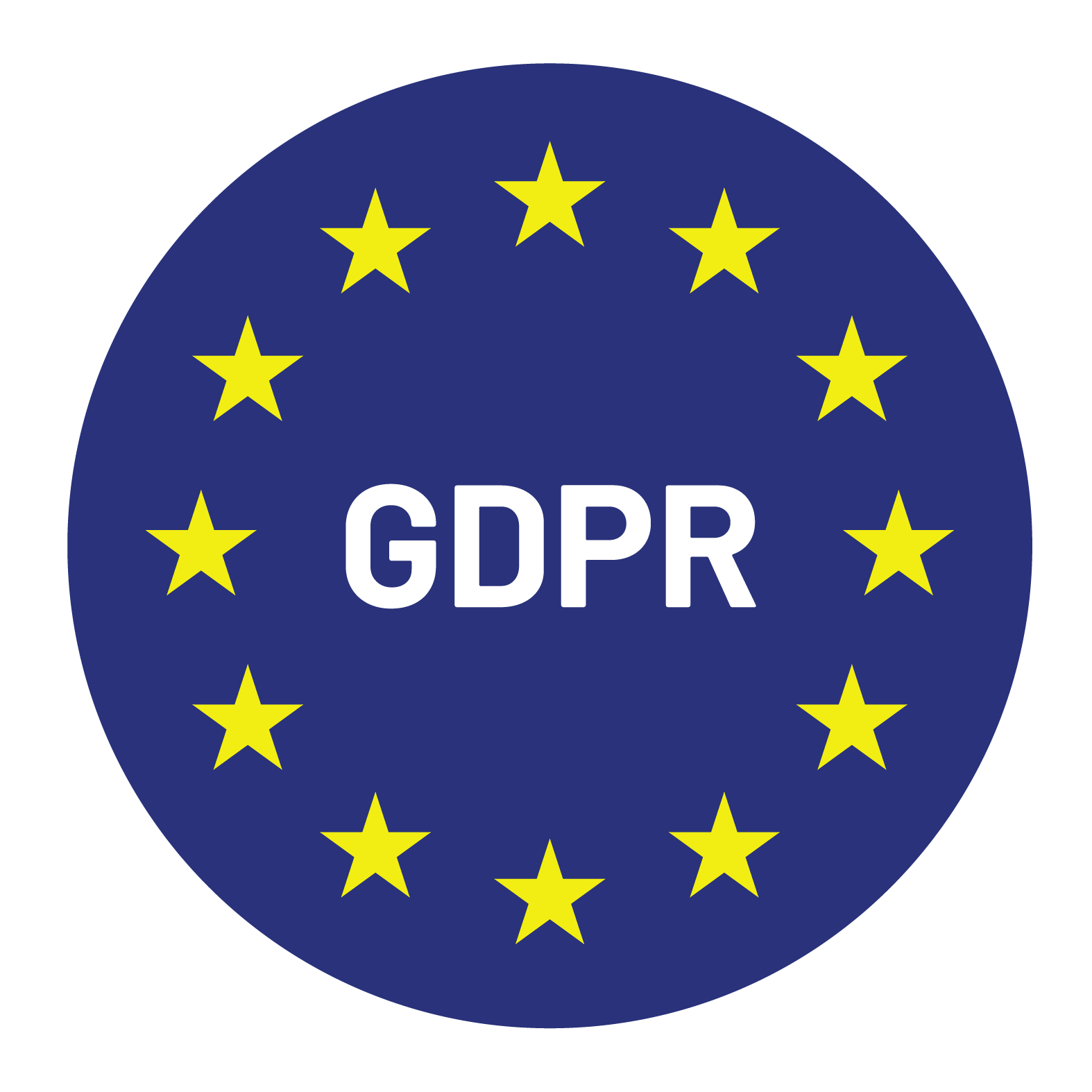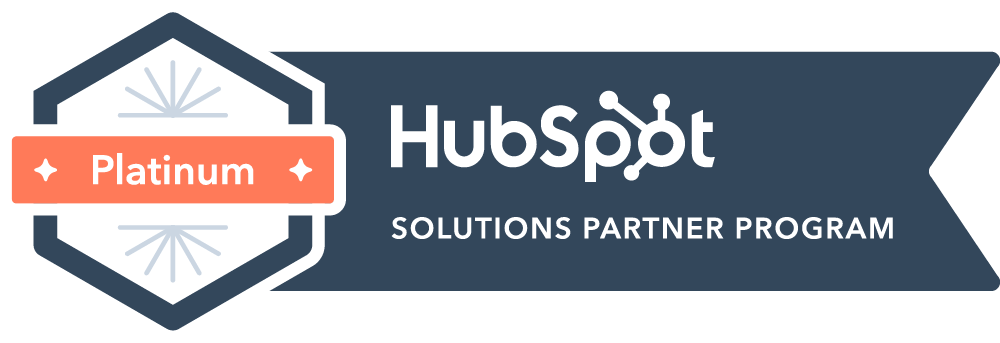

Content Writer for Whistle with multidisciplinary experience spanning over a decade.
B2B sales teams are under more pressure than ever to convert interest into meetings. Yet for many companies, the in-house appointment setting model continues to underdeliver. Sales pipelines look full on paper, but meetings are rescheduled, canceled, or never qualified properly in the first place. The volume is there, but the value isn’t.
This article examines why that’s happening. Not at the surface level, but in the structure, incentives, and assumptions behind in-house strategies. We’ll look at the seven most common breakdowns in appointment setting today, from hiring and training gaps to inefficient tools and misaligned targets, and explain when it makes sense to consider partnering with appointment generation companies that know how to execute at scale.
Most in-house teams underestimate how difficult it is to recruit and ramp high-performing Sales Development Representatives. The SDR role demands a specific mix of resilience, curiosity, and commercial awareness. Hiring for those traits is hard. Training for them is harder.
Yet too many companies treat SDR onboarding as a short-term boot camp, not a long-term development program. The result is high turnover, inconsistent execution, and reps who never get comfortable with your value proposition or ICP.
Poor hiring and rushed training create downstream issues. Calls lack context. Emails are templated and off-mark. Prospects disengage early. When SDRs aren’t confident or credible, appointment rates drop, and so does the trust between marketing, sales, and leadership.
Start with clarity on the SDR profile that fits your market and sales motion. Build a structured onboarding that includes market education, objection handling, and shadowing with experienced reps. If that level of investment isn’t sustainable internally, it may be time to evaluate outsourced SDR services with proven training infrastructure.
If your targeting criteria are based on firmographics alone, your reps are likely wasting time. Many in-house teams rely on outdated or overly broad account lists, pulled from generic databases or old CRM exports.
The issue isn’t just who you’re reaching, it’s how little you know about them. When reps don’t understand a prospect’s role, pain points, or priorities, their outreach feels generic and gets ignored.
Bad targeting inflates your activity metrics while draining rep morale. You’ll book more meetings with the wrong people and fewer with real buyers. That clogs your funnel with poor-fit leads and makes it harder for AEs to close qualified deals.
Refine your B2B appointment setting strategy by layering firmographics with behavioral signals and buying triggers. Align with marketing to build a clearer ICP and use tech that enables smarter segmentation. Appointment generation companies often bring dedicated research teams to enrich prospect lists, a major time and quality advantage.
If your SDRs are still working through linear email sequences and relying on outdated call scripts, you’re not meeting prospects where they are, or how they expect to be approached.
Today’s buyers are harder to reach and quicker to tune out. Static outreach tactics no longer cut through, especially in crowded categories where every competitor is running a similar cadence.
Prospects ignore canned emails. Cold calls go unanswered. Response rates drop, and reps lose confidence. Even if a few meetings get booked, they often feel forced and unqualified.
Update your outreach with personalized messaging, intent-driven timing, and multichannel tactics. Mix calls, emails, LinkedIn, and video. Review performance weekly, not quarterly. Experienced appointment generation companies continuously test and optimize outreach tactics across industries, which often makes their results more reliable.
Your reps are only as effective as the systems behind them. But many in-house teams are stuck with a mismatched or underutilized tech stack. CRMs don’t sync with outreach tools. Data enrichment platforms are inconsistent. Call analytics are nonexistent.
Even worse, reps often spend more time navigating platforms than speaking to prospects.
Operational drag kills productivity. It slows down outreach, weakens personalization, and limits visibility into performance. If you can’t track the full appointment setting funnel, you can’t improve it.
Audit your current tech stack and assess what’s being used, what’s not, and what’s causing friction. Tools should enable speed and insight, not add complexity. Outsourced SDR services often come with purpose-built infrastructure that eliminates these problems from day one.
What your SDRs are measured on is what they’ll prioritize. Too often, that’s activity volume or number of meetings booked, without enough scrutiny on meeting quality or downstream conversion.
In-house teams tend to default to metrics they can control quickly, which pushes reps to chase easy wins rather than qualified leads.
You end up with inflated meeting numbers that don’t turn into pipeline. AEs get frustrated. Marketing questions attribution. Leadership doubts the whole function. It’s not a performance issue, it’s a misalignment issue.
Tie SDR incentives to qualified opportunities, not just meetings held. Use conversion data to refine what counts as success. Build a feedback loop between SDRs and AEs. Outsourced appointment generation companies often run on outcome-based models, which keep both sides focused on pipeline, not vanity metrics.
Even if your in-house team is performing well, scaling it is another matter. Hiring takes time. Training takes resources. Managing a bigger team introduces complexity and cost, especially across multiple markets or time zones.
There’s also risk. One bad quarter and your investment in headcount becomes a liability.
You either grow too slowly and miss market opportunities, or you scale too fast and sacrifice quality. Neither is sustainable. A brittle model breaks under pressure.
Define what parts of your appointment setting strategy need to scale, geography, industry, and language, and assess if your team can support it. If not, outsourcing to a specialized SDR partner can help you expand reach without ballooning internal costs or complexity.
Appointment setting is not a set-it-and-forget-it function. Yet many in-house teams stop optimizing once their initial playbook is in place. They rarely run A/B tests. They don’t review call recordings. They miss what’s working and what’s not.
Without that feedback loop, performance plateaus.
What worked last quarter might not work this quarter. Prospect expectations change. Messaging grows stale. SDRs lose their edge. And slowly, outcomes start slipping, even if activity stays the same.
Build regular review cycles into your SDR process. Audit outreach, update scripts, refine targeting, and test new channels. If your internal team doesn’t have capacity, external appointment generation companies often include performance optimization as part of their delivery model, because it’s tied to their success, too.
If you’ve experienced one or more of these breakdowns, and especially if your team lacks the time or tools to fix them, it’s worth exploring a partnership with a company that specializes in B2B appointment setting strategy.
The right partner won’t just add headcount. They’ll bring repeatable processes, battle-tested messaging, better data, and operational infrastructure you can’t easily replicate in-house.
At Whistle, we work with companies that have strong products but an inconsistent pipeline. Our role is to provide proven SDRs, trained on your value prop, equipped with the right tools, and focused on generating meetings that convert, not just meetings that happen.
If your in-house appointment setting isn’t performing, the fix isn’t always more calls or better scripts. It’s often structural. From hiring and targeting to outreach and optimization, each part of the system either supports performance or quietly undermines it.
We’ve covered seven of the most common reasons in-house models fail:
If any of those sound familiar, it’s time to audit your approach. Understand where your appointment setting process is working, and where it’s not. Then decide whether the gaps can be solved internally, or if the smarter move is to partner with a team that does this every day.
Reach out to Whistle to see how our appointment generation expertise can help your team move faster, book better meetings, and build a more qualified pipeline.


© Copyright – Whistle 2023